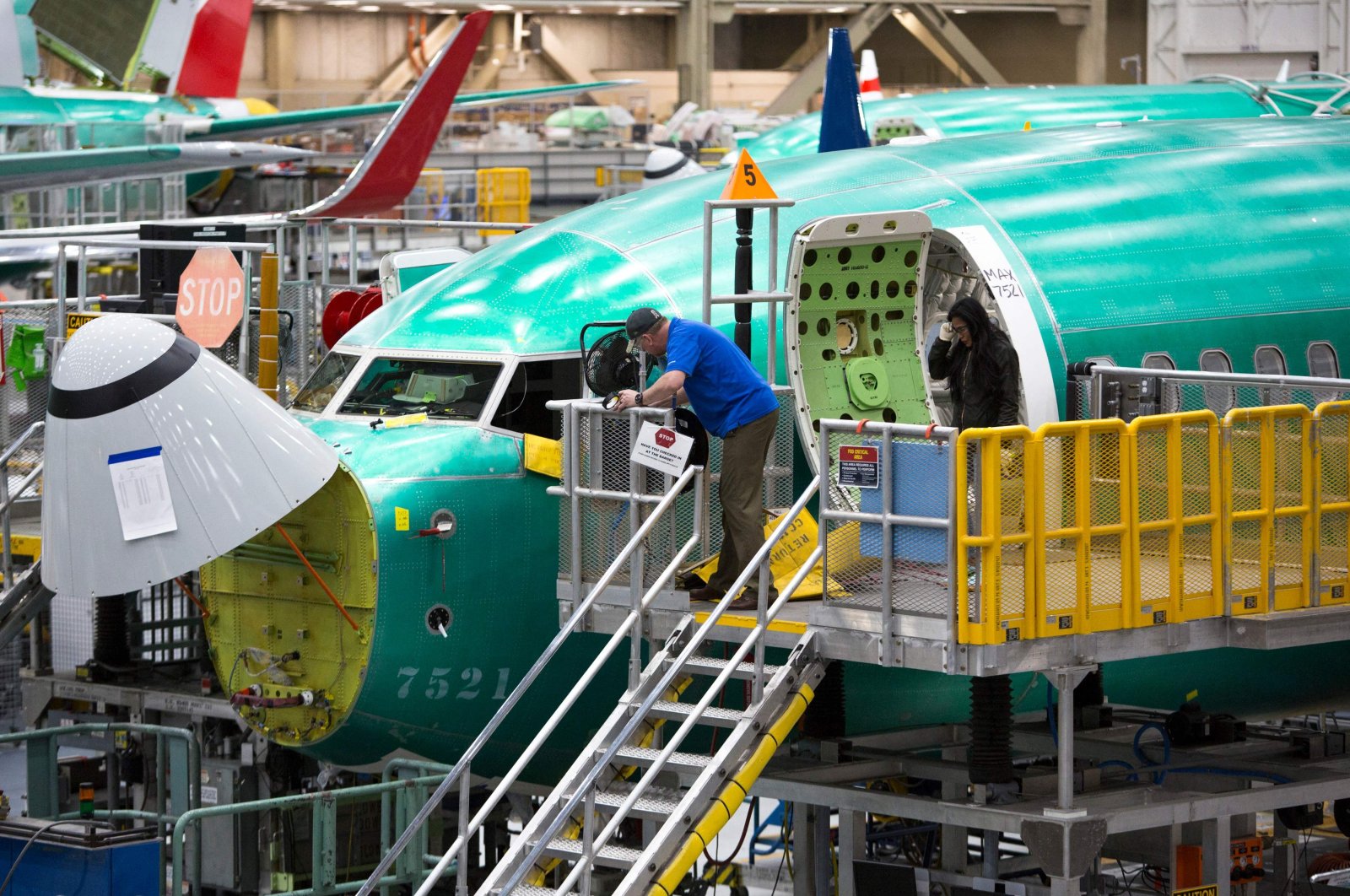Islamic Banks in Oman Witness Record Asset Growth
A significant surge in assets and deposits underscores the expanding role of Islamic finance in Oman's banking sector, signaling broader economic trends.
Published July 15, 2024 - 00:07am

Image recovered from arabnews.com
Islamic banks in Oman have reported a substantial increase in total assets, reaching approximately 7.5 billion Omani riyals (equivalent to $19.5 billion) by the end of April. This represents an impressive 13.2 percent growth over the previous year, according to official data.
The Central Bank of Oman noted that this asset value constitutes 17.7 percent of the nation's total banking sector capital, indicating the growing significance of Islamic finance within the country.
In addition, Shariah-compliant banking units saw a 12 percent annual increase in total financing, amounting to 6.3 billion riyals by the end of April. Correspondingly, deposits surged by 15.9 percent year-on-year, reaching about 5.8 billion riyals during the same period.
Oman's broad money supply experienced a 12 percent increase on a yearly basis, totaling around 23.6 billion riyals by the end of April. This growth was fueled by a 7 percent rise in narrow money supply and a 13.9 percent increase in quasi-money, which includes savings and time deposits in riyals, certificates of deposit, margin accounts, and all foreign currency deposits within the banking sector.
Despite these positive trends, cash held by the public decreased by 7 percent, while demand deposits showed an 11.2 percent rise. Additionally, the weighted average interest rate on deposits in riyals at conventional commercial banks rose from 2.19 percent in April 2023 to 2.58 percent by April 2024. Similarly, the weighted average interest rate on loans in riyals increased from 5.36 percent to 5.60 percent over the same period.
On the industrial front, Oman's petroleum and refinery industries saw a 0.4 percent output decline by the end of May compared to the same period in 2023, according to preliminary statistics from the National Centre for Statistics and Information reported by the Oman News Agency. However, automotive fuel production rose by 1.8 percent. Specifically, regular 91-octane automotive fuel production decreased by 5.2 percent, while premium 95-octane automotive fuel production increased by 12 percent. Diesel fuel production fell by 8.8 percent, but jet fuel production witnessed a 13.5 percent increase.
These developments reflect the dynamic shifts in Omans financial landscape, driven by both the growing influence of Islamic finance and changes in the industrial production sectors.





/https://assets.iprofesional.com/assets/jpg/2024/10/586422_landscape.jpg)
